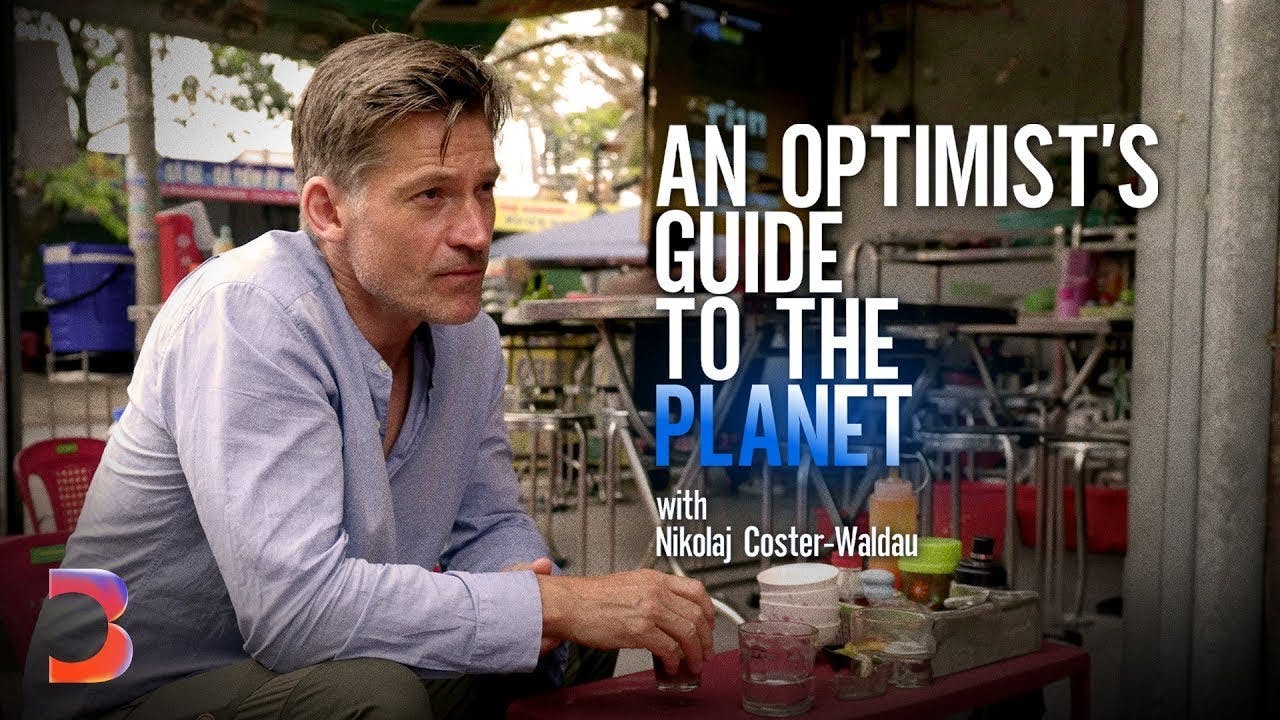Shelter: Building the Future of Housing | An Optimist’s Guide to the Planet
16 Feb 2024 (almost 2 years ago)

Nikolaj Coster-Waldau Explores Sustainable Architecture in Ho Chi Minh City
- Nikolaj Coster-Waldau meets architect Vo Trong Nghia, who incorporates nature and greenery into his designs to create sustainable buildings.
- Vo Trong Nghia's buildings often feature large roofs that catch the flow of air and water surfaces that cool the air.
- He also uses bamboo, a renewable resource that captures CO2, in his constructions.
- Meditation is an important part of Vo Trong Nghia's life and work, and he encourages his team to meditate daily to improve their concentration and creativity.
Vo Trong Nghia's Sustainable Building Designs
- Vo Trong Nghia incorporates plants and natural elements into his building designs to create sustainable and eco-friendly structures.
- His urban farm, formerly his company office, uses plants and clever design to cool the building and filter the air, creating a calm and positive work environment.
- Vo Trong Nghia was commissioned to build a kindergarten for factory workers, prioritizing low cost and incorporating multiple levels of greenery and a rooftop playground.
- The architect believes that each architect should be like an ecological system, utilizing free elements like sunlight, rainwater, and wind effectively.
Circularity in Construction
- The construction sector contributes significantly to global CO2 emissions and waste, and a startup in Berlin focuses on recycling and reusing materials from old buildings to promote circularity in construction.
- Concular focuses on reusing building materials rather than recycling them.
- Reusing materials is cheaper than buying new ones.
- A life cycle passport documents all the materials used in a building and their reuse potential, deconstructability, recyclability, and separability.
- Buildings should be designed and constructed in a way that makes them easy to disassemble and reuse in the future.
- Concular is working to change the way buildings are designed and constructed to reduce waste and promote sustainability.
3D Printing Technology for Sustainable Housing
- The video showcases a 3D printing technology used to construct houses in Africa.
- The machine used for 3D printing was imported from Denmark.
- Using this technology, a two-block house can be printed in three days, while traditional construction methods would take approximately one and a half years.
- The 3D printed houses are sustainable and environmentally friendly, as they are built with minimal waste and have a "sausage finish" that maintains the character of the printing.
- The architect behind this project believes that good architecture should positively impact the environment and ecosystem, and hopes that clients will consider the environmental effects of their structures.